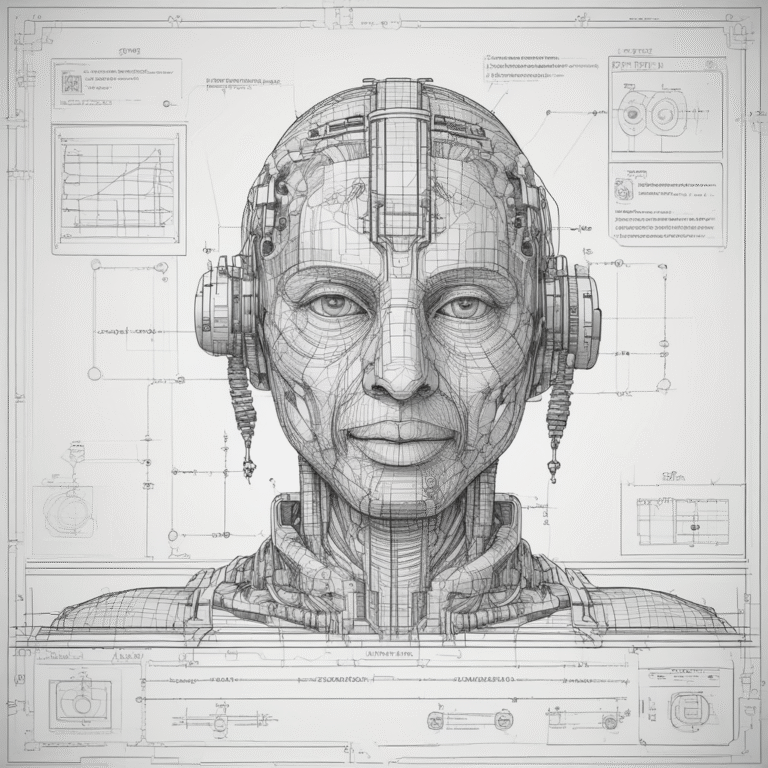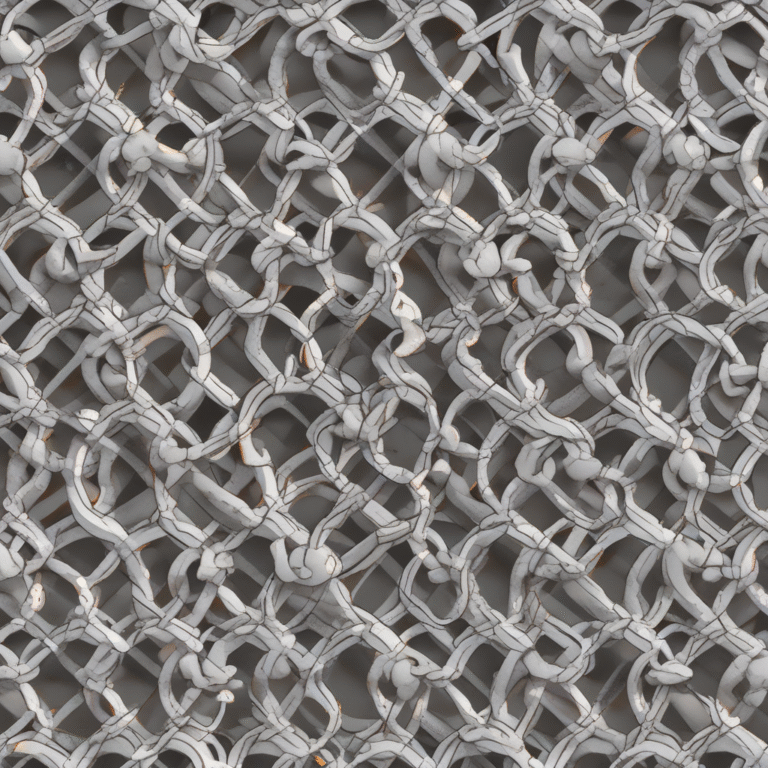The Dark Side of Face Swap Porn: Misuse, Impact, and Responsible AI Use
As AI technology continues to evolve, face swap tools — originally designed for creative storytelling and education — are increasingly being misused in harmful ways. One of the most troubling developments is the rise of face swap porn, where AI-generated deepfakes insert real individuals into explicit content without their consent. This article explores the ethical, emotional, and legal consequences of such misuse, while also highlighting how responsible AI use can mitigate these issues.
What Is Face Swap Porn and How Did It Become a Threat?
Face swap technology, powered by AI, allows users to replace a person’s face in a video with another in a highly realistic manner. Originally developed for creative and entertainment purposes — such as virtual characters, educational simulations, or personalized avatars — this technology has been misappropriated in recent years. One of the most problematic areas of misuse is face swap porn, also known as AI porn face swap or deepfake face swap porn.
Using techniques like GANs (Generative Adversarial Networks), users can now generate lifelike videos where the face of a known individual is inserted into explicit content. While the technology itself is neutral, the ways in which it is used — particularly in creating “celebrity face swap porn,” “porn video face swap free,” or “deepfake porn face swap” — pose serious ethical and legal questions.
The alarming accessibility of these tools is concerning. A quick online search for “free face swap porn,” “porn face swap app,” or “AI porn face swap free” will lead users to dozens of platforms requiring little to no technical knowledge. These platforms often operate anonymously and lack content monitoring, allowing harmful and invasive content to flourish.
Privacy Violations and Ethical Consequences of Misuse
AI face swap porn is not a victimless act. Individuals who find themselves featured in these manipulated videos often experience significant emotional trauma. Whether it’s influencers or creators who become the subject of “face swap porn Reddit” threads, the harm is real and ongoing.
A striking example includes the widespread circulation of unauthorized “face swap porn” videos. Despite being fake, these clips damage reputations, careers, and personal well-being. Victims have little recourse, especially when these videos are hosted on foreign servers or anonymous websites.
Moreover, the hyper-realism created by AI makes it nearly impossible for the public to distinguish between real and fake. This blurs lines of consent and narrative control. Some online communities justify sharing these videos under the guise of “free speech” or “parody,” even though they directly target real individuals without their approval.
There are even dark online trends where users host face swap porn competitions, challenging each other to create the most believable deepfake porn using celebrity or influencer images. This gamification turns human dignity into a mere technical challenge.
Legal Landscape and Platform Responsibility
As deepfake and AI-generated pornography becomes more prevalent, lawmakers across the globe are taking notice. Several U.S. states have passed laws that criminalize the non-consensual distribution of deepfake pornography. The EU’s Digital Services Act also includes provisions to combat synthetic and manipulated media that infringes on individual rights.
However, enforcement remains challenging. Many porn face swap generators operate under the radar, hosted in jurisdictions with weak or nonexistent regulations. Free AI porn face swap tools often allow anonymous uploads, do not verify age or consent, and fail to track or moderate outputs.
Big tech platforms are slowly responding. Some have introduced rules against non-consensual synthetic media, but enforcement is far from perfect. Meanwhile, niche websites focused solely on AI face swap porn continue to grow, fueled by keywords related to face swap technologies.
Ethical, Creative Applications of Face Swap Technology
Face swap AI doesn’t have to be controversial. When used correctly, it unlocks vast creative potential across industries. Consider:
- Brand Marketing: Companies can use face-swapped digital humans to localize ads without reshooting content for every market.
- Education: Instructors can create multilingual lectures by swapping facial movements while keeping consistent visuals.
- Entertainment: Creators produce dynamic storytelling using their own avatars, without needing professional actors or high-end equipment.
One successful use case comes from a children’s storytime YouTuber who uses face swap technology to play multiple roles in her videos, enhancing engagement. Another example is a small business that creates training videos featuring an AI spokesperson who delivers compliance content in the learner’s native language.
Instead of “face swap porn videos,” why not “face swap product tutorials” or “face swap cultural guides”? The tech remains the same; the intent transforms its impact.
Choose Innovation with Responsibility
Face swap porn is a stark reminder of how powerful technologies can be misused. Terms like “AI porn face swap free,” “deepfake face swap porn,” or “porn face swapping” flood search engines, showcasing the mainstream nature of this issue. But this isn’t a story of hopelessness — it’s a call to act. As creators, platforms, and users, we have a responsibility to choose ethical paths.
AI is here to stay, and face swap tools will only become more sophisticated. It’s time to shape a future where creativity is not built on exploitation, supporting responsible AI adoption that is secure, regulated, and creatively empowering.










